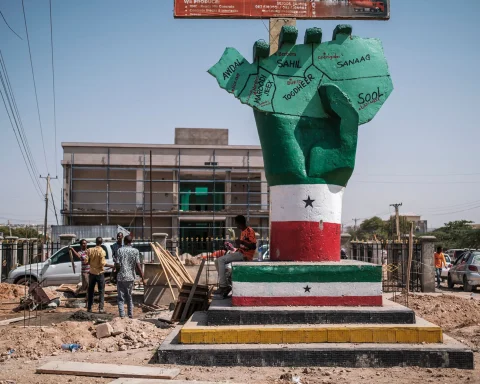A newly released report by the Ghana Statistical Service (GSS) has revealed that nearly one in three urban dwellers in Ghana, over 4.8 million people live in slums or settlements considered unfit for habitation.
The report, titled “The Slums and Informal Settlements Thematic Report,” was launched on Monday in Accra and presents a stark picture of the living conditions faced by millions of Ghanaians. According to the GSS, these areas are characterised by overcrowded housing, poor sanitation, inadequate infrastructure, and limited access to basic services.
Join our WhatsApp ChannelThe report defines slum households as those lacking improved drinking water, proper sanitation, durable housing, or adequate living space—typically where
three or more people are forced to share a single room. These criteria reflect international standards used to assess inadequate urban living conditions.
Nearly 30 percent of the country’s urban population now live in such conditions, highlighting a growing crisis in urban planning and housing across Ghana.
The findings serve as a wake-up call to policymakers, development partners, and local authorities to take urgent action to address disparities in infrastructure and essential services.
Government Statistician Dr Alhassan Iddrisu, speaking at the launch, described the findings as “a mirror held up to our cities, our policies, and ultimately, our priorities.”
He noted that 46.1% of urban households—representing over 2.2 million families—experience at least one form of deprivation, such as lack of access to clean water, insufficient living space, or structurally unsound housing.
“These are not abstract statistics. They are the daily realities of Ghanaians doing their best in circumstances they did not choose,” Dr Iddrisu emphasised, urging stakeholders to use the data to inform more targeted and equitable development strategies.
The report also revealed significant regional disparities. The Greater Accra Region recorded the highest proportion of slum dwellers in rented accommodation at 52.5%, followed by the Ashanti Region at 51.8%. Other regions reported much lower rates, pointing to a concentration of urban poverty and informal housing challenges in Ghana’s two most populous areas.
“This data must not be shelved,” Dr Iddrisu added. “It should inform how we plan, allocate resources, and intervene at the local level to reduce disparities.”












